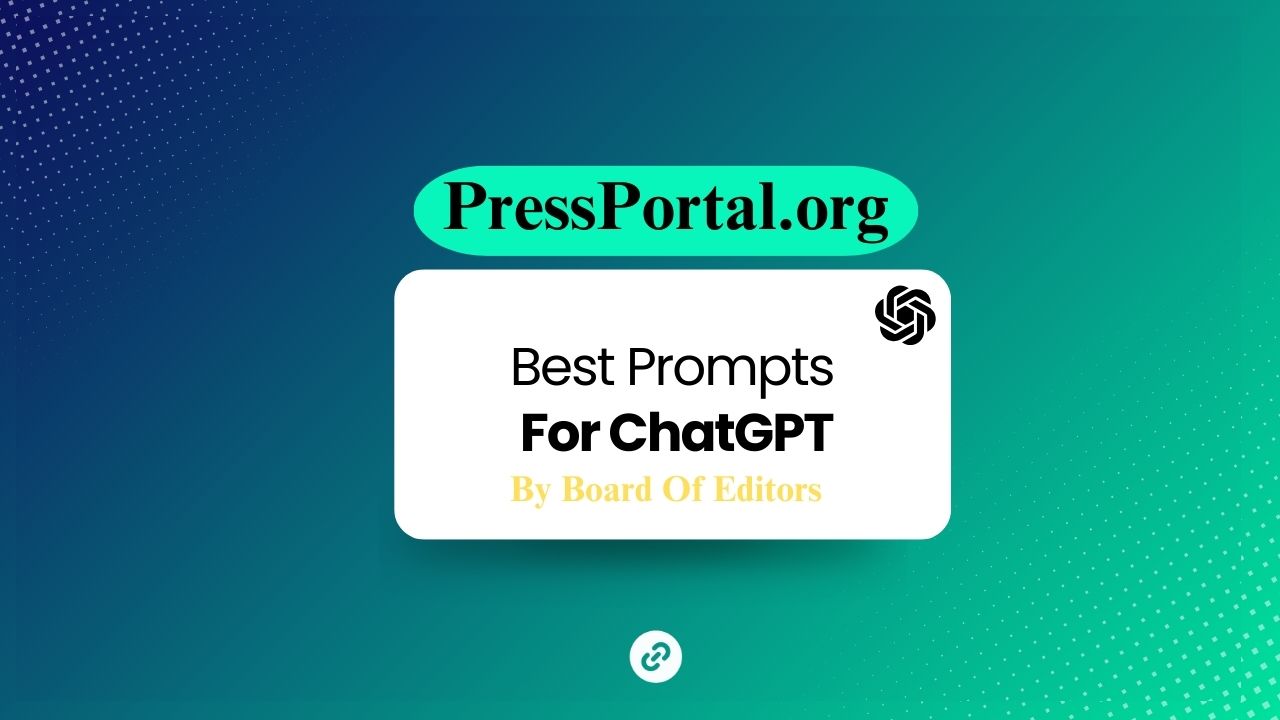Prompt to create an engaging, descriptive intro for a feature article:
Feature Writing Prompt: Crafting a Descriptive Intro
- Select Your Theme and Setting:
- Begin by identifying the central theme of your feature. Are you covering a historical event, profiling an influential personality, or exploring a cultural phenomenon?
- Choose a setting that adds depth to your theme. Is it in a bustling city, a tranquil countryside, or a place marked by a significant event?
- Identify Your Narrative Hook:
- What is the unique angle or human element that makes your feature stand out? Consider an unforeseen insight, a compelling anecdote, or a paradoxical observation that can draw readers in.
- Crafting Your Opening Lines:
- Start by painting a vivid word picture that encapsulates your setting and theme. Use sensory details to make the scene come alive in the reader’s mind.
- Introduce a narrative hook early on, whether it’s a puzzling question, a striking image, or a hint at an unfolding story that promises intrigue or emotional engagement.
- Incorporate Anecdotal Elements:
- Choose an anecdote that is emblematic of the larger narrative. This could be a personal experience related to your theme, or a compelling story from one of your interviewees that encapsulates the essence of your feature.
- Ensure that this anecdote not only adds color but also serves as a microcosm of the broader theme you’re exploring.
- Employ the “Show, Don’t Tell” Technique:
- Rather than stating facts or descriptions, show them through action, dialogue, or detailed observation.
- Use active voice and precise language to evoke emotions and create a more immersive reading experience.
- Setting Up for the “Delayed Drop”:
- Start with a specific, engaging description or story that seems to lead in one direction.
- At the end of the intro or the beginning of the second paragraph, introduce a surprising shift in direction or pace to pique the reader’s curiosity further and hint at the depth and complexity of the story to follow.
- Concluding Your Intro:
- End your introduction on a note that invites the reader to delve deeper. Pose a rhetorical question, introduce an intriguing character, or hint at an unresolved mystery that your feature will explore.
- Ensure that your intro seamlessly transitions into the main body of your feature, guiding the reader from the captivating opening to the informative and engaging narrative that follows.
Example Intro:
On the outskirts of a small town, untouched by the clamor of city life, stands a worn-out circus tent. Its colors, faded by years of sun and rain, whisper tales of a bygone era when it was the heart of the town’s joy and sorrows. Inside, among jugglers’ pins and worn-out clown shoes, lives Marco, the last of the great tightrope walkers. On a dewy morning, as he practices atop his line, stretched thin like the boundary between the past and present, Marco recounts the tale of his greatest performance—a story not of triumph, but of a fateful fall that changed everything. It’s a tale that speaks to the heart of what it means to fly, if only for a moment, and to fall, teaching us about the fragility of joy and the weight of legacy. Thus begins our journey into the world of traditional circuses, teetering on the tightrope of modernity and nostalgia, inviting us to rediscover the magic that once was.
Objective:
This prompt challenges you to create an intro that not only sets the scene and introduces a thematic focus but also engages the reader’s senses and emotions, promising a story that delves deeper than surface-level observations or facts. Through this approach, your feature will not merely inform but captivate, offering readers an immersive narrative experience.







:max_bytes(150000):strip_icc()/daily-paws-awkward-dog-park-small-talk-b635506b7a9c4d2998f2a3e458773ae6.jpg)
:max_bytes(150000):strip_icc()/bedlington-terrier-lying-rug-1186353094-2000-0253d70f30a74f08a0b82354b0226d05.jpg)
Leave a Reply
View Comments